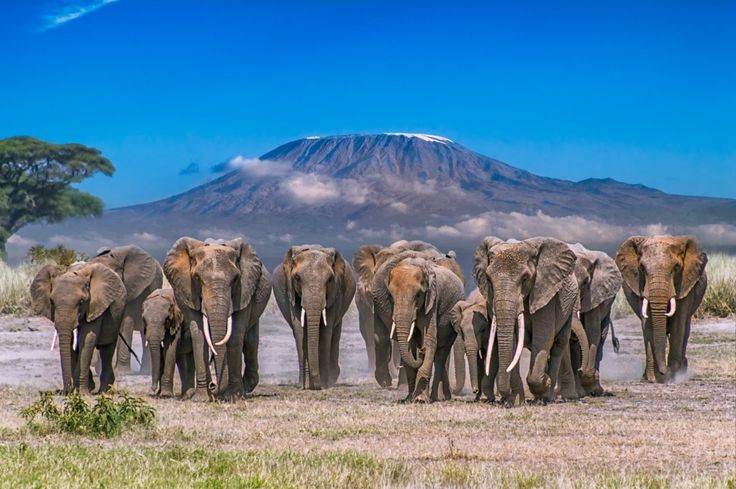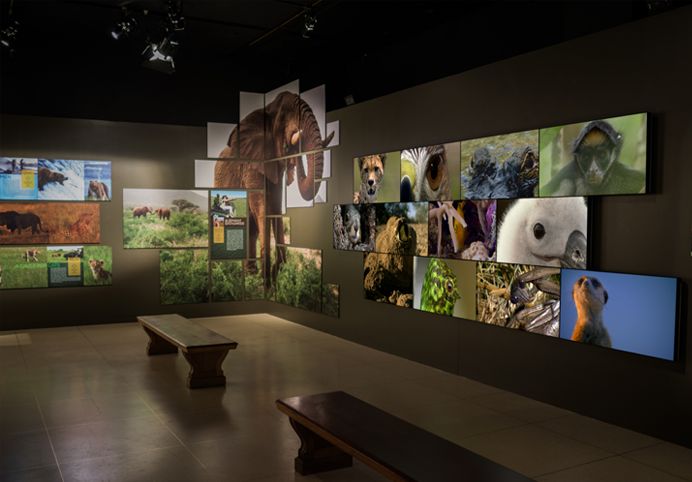Introduction: The Classroom Revolution We Can’t Ignore
Picture this: a classroom where students aren’t just reading about the Amazon rainforest but actually exploring it through breathtaking photography, interactive maps, and real-life explorer stories. A class where science isn’t confined to formulas on a page but is brought alive by stories of researchers studying climate change in Antarctica.
That’s the promise of National Geographic Learning.
In today’s fast-paced, tech-driven world, education needs to be more than memorizing facts. Students crave experiences that connect them with the world around them. Teachers need resources that make lessons engaging without adding hours to their workload. Parents want their kids to be globally aware and future-ready.
National Geographic Learning steps into this gap by merging academic rigor, visual storytelling, and global awareness. It brings the real world into classrooms—and takes classrooms into the real world.
In this blog, we’ll explore what makes National Geographic Learning so unique, why it’s loved by educators and students alike, and how it’s shaping the future of education.
Table of Contents
- What is National Geographic Learning?
- A Look Back: History and Evolution
- The Power of Storytelling in Education
- The Visual Advantage: Maps, Photos, and Documentaries
- National Geographic Learning Resources
- Textbooks & Print
- Digital Platforms
- Teacher Tools
- Student Resources
- National Geographic Kids
- Why Teachers Love National Geographic Learning
- Why Students Benefit from National Geographic Learning
- National Geographic Learning vs. Other Platforms
- Case Studies: Real-World Impact
- The Future of Education with National Geographic Learning
- Key Takeaways Summary
- Final Question to Readers
What is National Geographic Learning?
At its core, National Geographic Learning is an educational branch of Cengage Learning, created in partnership with the National Geographic Society. Its mission is simple but powerful: to bring the world into classrooms and classrooms into the world.
Unlike traditional education companies that focus purely on academic content, National Geographic Learning blends:
- Real-world issues like climate change, migration, and sustainability.
- Stunning visuals (award-winning photography, interactive maps, videos).
- Inspiring stories from explorers, scientists, and photographers.
- Curriculum-aligned lessons designed to spark curiosity.
The result? A system where education feels alive, relevant, and connected to global realities.

A Look Back: History and Evolution
To understand the significance of National Geographic Learning today, let’s rewind the clock.
- 1888: The National Geographic Society is founded with the vision of increasing and diffusing geographic knowledge.
- 20th Century: National Geographic expands from magazines into books, maps, and resources used by schools worldwide.
- 2011: The official partnership with Cengage Learning launches National Geographic Learning, creating structured academic resources for global classrooms.
- 2020s: With the COVID-19 pandemic accelerating digital education, NG Learning pivots toward e-learning platforms, interactive tools, and online classrooms.
From physical maps pinned to classroom walls to fully immersive digital experiences, National Geographic Learning has evolved alongside education itself.
The Power of Storytelling in Education
Why do students remember some lessons forever and forget others the moment the test is over? The secret lies in storytelling.
Stories transform abstract concepts into real, relatable experiences. National Geographic Learning harnesses this by embedding authentic human stories into lessons.
Examples include:
- Teaching geography through the journey of explorers in the Himalayas.
- Explaining climate science with stories of scientists monitoring melting glaciers.
- Exploring cultural diversity via vivid accounts of traditional festivals worldwide.
By connecting facts with human experiences, NG Learning ensures that knowledge doesn’t just stay in the head—it resonates in the heart.
The Visual Advantage: Maps, Photos, and Documentaries
Education in the 21st century is visual. Students scroll through image-rich feeds every day, so lessons that rely only on text feel outdated.
National Geographic Learning’s greatest strength lies in visuals:
- Photography: Iconic images spark curiosity and emotional connection.
- Maps & Infographics: Complex data is simplified into easy-to-grasp visuals.
- Documentaries: Real-life stories bring topics to life in a way textbooks alone cannot.
Visuals don’t just make learning fun—they boost comprehension and long-term memory.

National Geographic Learning Resources
National Geographic Learning isn’t one-size-fits-all. It offers a range of resources tailored for teachers, students, and schools.
1. Textbooks & Print Materials
Textbooks infused with real-world photos and explorer stories. Available across subjects like English language learning, science, and geography.
2. Digital Platforms
Interactive e-books, apps, and online classrooms make remote and hybrid learning seamless.
3. Teacher Tools
Ready-made lesson plans, activity guides, and professional development resources save teachers valuable time.
4. Student Resources
Hands-on projects, online assessments, and interactive activities keep students engaged.
5. National Geographic Kids
Magazines, games, and apps designed to spark curiosity among younger learners.
Why Teachers Love National Geographic Learning
Teachers worldwide consistently praise NG Learning for three big reasons:
- Engagement – Students are captivated by stories and visuals.
- Relevance – Lessons connect to real-world issues, making education meaningful.
- Support – Resources lighten the planning load and help teachers innovate.
Beyond that, NG Learning aligns with curriculum standards while still feeling fresh and exciting—a rare balance that educators deeply appreciate.
Strengthening Teacher-Student Connections
Teachers also find that National Geographic Learning creates stronger bonds with their students. Instead of teaching from rigid, outdated textbooks, they’re able to bring in content that feels relevant to students’ lives. This shift often transforms the classroom dynamic from passive listening to active discussions, where students and teachers learn from each other.
Why Students Benefit from National Geographic Learning
For students, the benefits go far beyond academic achievement.
- Curiosity-Driven Learning: Students feel inspired, not forced, to learn.
- Critical Thinking: Exposure to global issues encourages analysis and problem-solving.
- Cultural Awareness: Learning about different cultures fosters empathy and global citizenship.
- Future Readiness: Students gain insights into the challenges of tomorrow—climate, technology, migration.
- Language Learning: For ESL learners, content is authentic, practical, and engaging.
Expanding Curiosity Through Exploration
National Geographic Learning is more than an educational tool—it’s a bridge to exploration. Students who grow up learning with these resources often develop a natural curiosity about the planet. Whether it’s understanding how rivers shape landscapes or how different cultures celebrate traditions, learners begin to see themselves as part of a much larger story. This sense of belonging to a global community is one of the most powerful outcomes of using NG Learning in classrooms.
Building Essential Soft Skills for the Future
Another overlooked advantage of National Geographic Learning is its ability to foster soft skills. Beyond academics, students build teamwork by working on group projects, empathy by studying diverse cultures, and creativity by tackling open-ended challenges. These soft skills are critical for success in the 21st-century workplace, where adaptability and problem-solving matter as much as technical knowledge.
National Geographic Learning vs. Other Platforms
How does NG Learning stack up against competitors?
- Traditional Textbooks: Often outdated, fact-heavy, and disengaging. NG Learning is modern, story-driven, and visually rich.
- Digital Platforms like Khan Academy: Excellent for academic mastery but lack real-world storytelling.
- EdTech Giants like Coursera/Udemy: Focused on adult learners, while NG Learning tailors content for children and young adults.
In short, NG Learning blends academics + real-world relevance + visual storytelling, making it stand out.
Case Studies: Real-World Impact
Case Study 1: Language Learning in Japan
Schools using NG Learning’s ESL curriculum reported improved student motivation. Instead of memorizing dialogues, students learned English through stories of explorers and scientists.
Case Study 2: U.S. Middle Schools
American teachers used NG Learning to teach about global migration and climate change. Students showed increased empathy and awareness of global issues.
Case Study 3: African STEM Programs
In Kenya, NG Learning resources in science sparked interest in wildlife conservation careers among students.
These case studies show that NG Learning doesn’t just teach—it transforms perspectives.

Connecting Classrooms to Global Challenges
Finally, NG Learning helps connect classroom learning with pressing global challenges. When students explore topics like climate change, sustainable development, or cultural diversity, they don’t just memorize facts—they begin to understand their role in shaping solutions. This empowers students to see education not as a task but as a tool for making real-world impact.
The Future of Education with National Geographic Learning
Education is entering a new era. NG Learning is already adapting to the trends shaping classrooms.
1. Artificial Intelligence (AI)
AI can personalize NG Learning content, adjusting lessons to each student’s pace and interests.
2. Virtual Reality (VR) & Augmented Reality (AR)
Imagine students taking VR trips to the pyramids of Egypt or the Great Barrier Reef. NG Learning is experimenting with these technologies.
3. Gamification
Turning lessons into interactive challenges increases motivation and engagement.
4. Global Collaboration
Future classrooms may use NG platforms for international student projects, connecting kids across countries.
Key Takeaways Summary
- National Geographic Learning combines storytelling, visuals, and real-world issues.
- It benefits both teachers (time-saving, engaging lessons) and students (curiosity, critical thinking, global citizenship).
- Compared to other platforms, it uniquely blends academics with authentic experiences.
- Case studies show measurable improvements in engagement and empathy.
- The future looks bright with AI, VR, AR, and global collaboration leading the way.

Final Question to Readers
Do you think National Geographic Learning will eventually replace traditional textbooks, or will it always serve as a complementary tool for global classrooms?
Learn More More Blogs
1 thought on “National Geographic Learning: Powerful Guide to 2025”